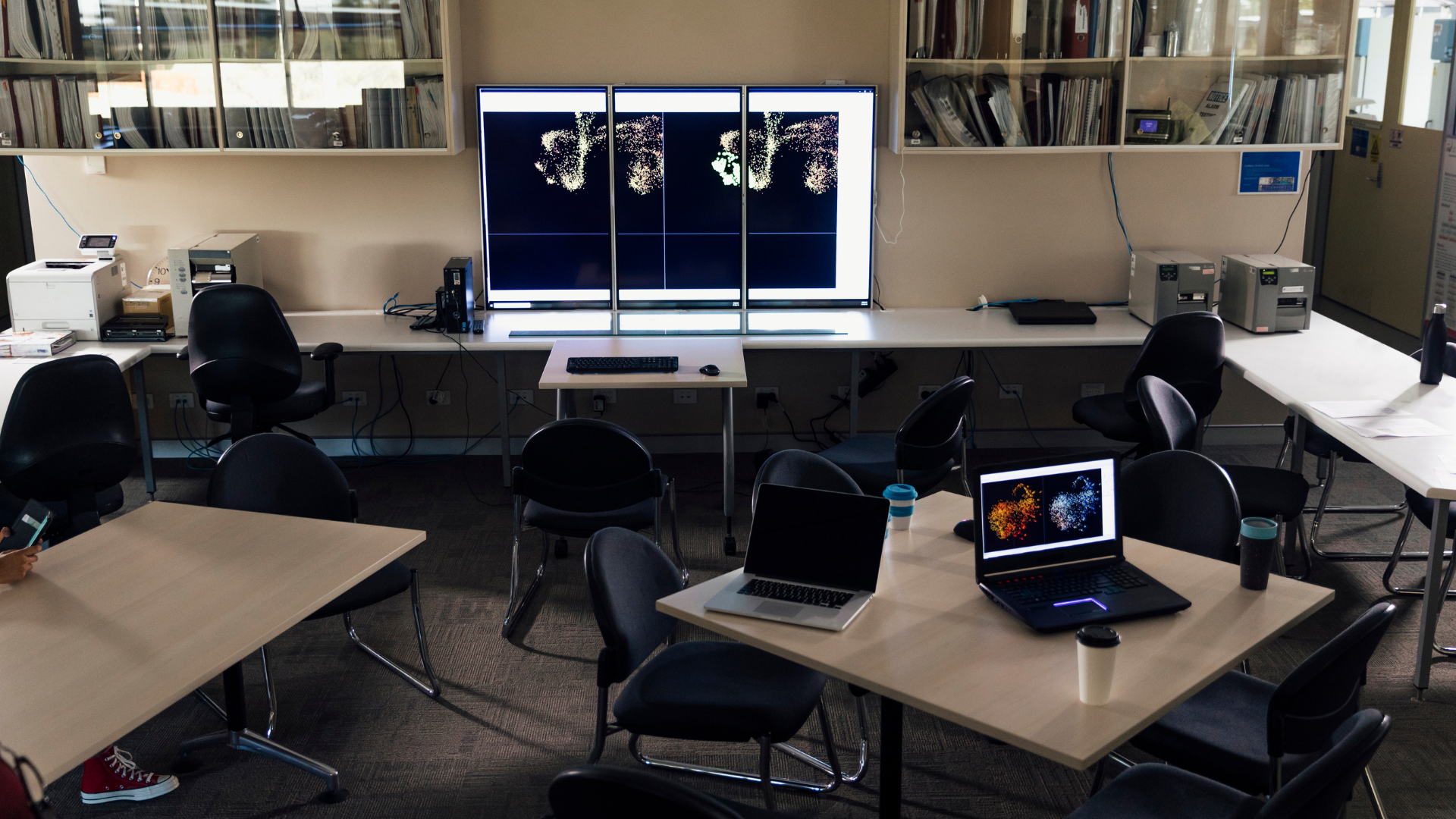If Technology Is Efficient in the Classroom – Why Some Students Don’t Like It So Much?
Technology in the classroom is nothing new. Kids today have grown up with technology at their fingertips. Teachers are using technology in the classroom in a variety of ways, from providing students with interactive digital resources and materials to using educational apps to help kids retain information. So, why does every kid seem to hate technology in the classroom?
Technology has changed the way we learn—and the way we teach. Technology has made the learning experience more engaging and interactive, whether that means using software to foster group collaboration and critical thinking, using simulations and virtual reality to make nursing concepts come alive, or implementing a flipped classroom model that allows educators to show the relevant parts of a video lesson before a student’s head out to practice.
6 Disadvantages of Technology in the Classroom
Technology in the classroom has its benefits, but there are also drawbacks.
- Students Don’t Like It
As a student, you probably don’t like it. In fact, many students would rather do homework by hand. Students don’t like learning using new technologies because it’s new. Students don’t like learning using new technologies because it takes them out of their “zone” of learning. Students don’t like learning using new technologies because they are used to having to sit at a desk with a pen and pencil to complete their homework.
- Students can’t focus
Students get easily distracted. Too many temptations of social media, texts, music, etc.
- Students don’t understand the technology
Students aren’t computer savvy enough to understand technology in the classroom, so when they ask for help with technology, their teacher can’t always help them.
- Students don’t complete assignments often
Students don’t complete their assignments because they don’t like the “digital” assignments. Many teachers still prefer paper assignments.
- Students get bored
Students get bored because of the slow pace of learning. They may not see the relevance of learning things constantly.
- Students aren’t motivated
Students aren’t motivated because they don’t think they need to learn them.
Technology has changed the way people learn and interact. Teachers can now use interactive whiteboards in their classrooms to make lessons more engaging. Laptops have replaced textbooks, and digital cameras have replaced film cameras. But a new study finds that many students dislike educational technology.
For years, technology has become increasingly prevalent in classrooms across the country. Having computers in classrooms has been shown to have a positive effect on students, but teachers and administrators still face a challenge in engaging each student in learning. Unfortunately, some students are just not as engaged as a classroom full of computers may be.
The next generation enters the classroom, and with them, they bring with them an array of experiences—there are some who thrive on technology, and there are those who experience difficulty when learning with technology. So, the question is, why? Is it because students are unwilling to learn with technology or that technology is inefficient?
Technology is advancing in almost every field today, and education is no exception. Technology has changed the way we learn, and it’s created new opportunities for education. But, as technology advances, we must also face the reality that many students do not like it. According to an article by “The Balance,” many teachers find that students find it difficult to learn with technology. “The difficult part is teaching students a new way of learning,” one teacher said.
Increasing student achievement depends greatly on teachers’ abilities to motivate students. Teachers can use a variety of strategies, but one of the best ways to engage students is through the use of technology. Teachers can use technology in a variety of ways, engaging students in task-based learning, increasing student engagement, and creating virtual classrooms.

